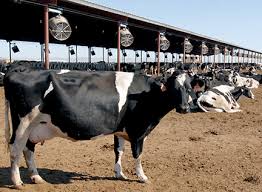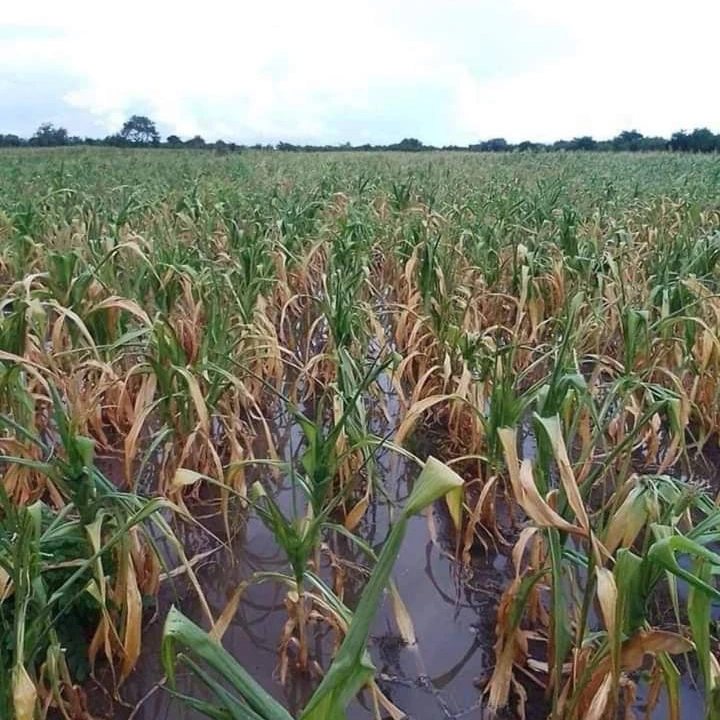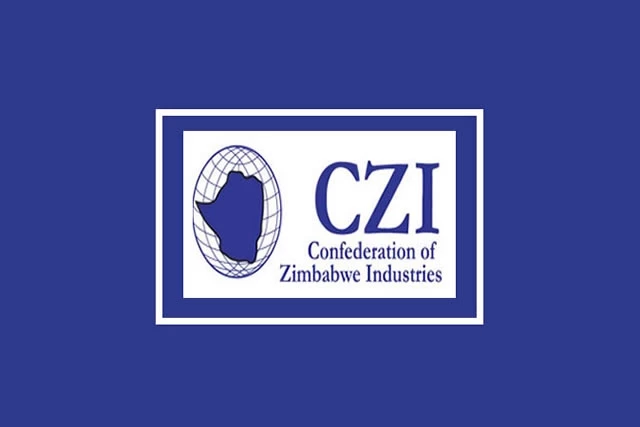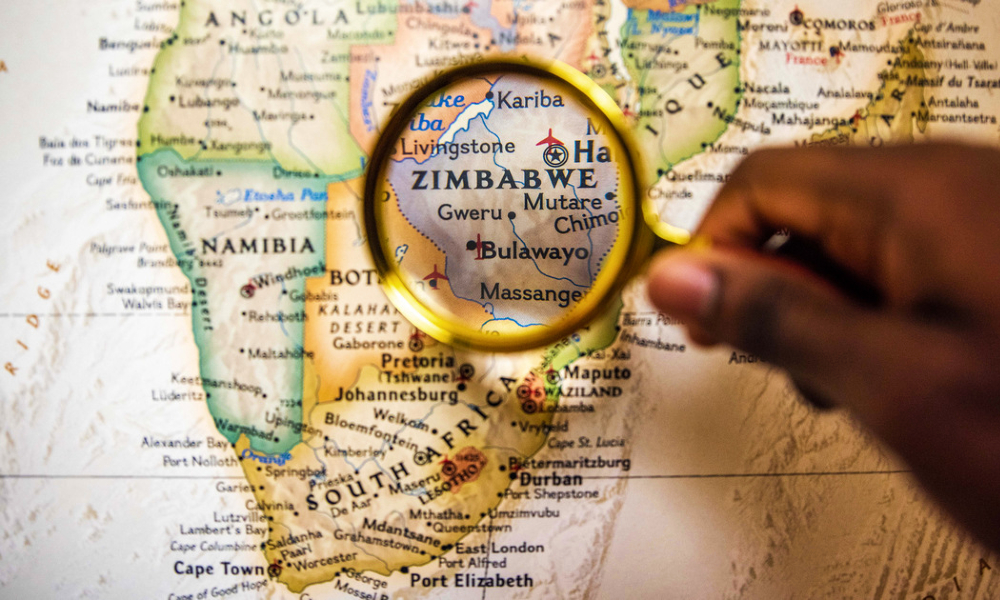‘Zim growth potential betters most of Africa’
ZIMBABWE’S opportunities for economic development are outstanding compared to most African countries as the country boasts of several sectors that could be competitive regionally and globally in the short to medium terms, the World Bank has said.
The southern African country is endowed with vast resources in various sectors with mining and agriculture expected to drive the economy towards an upper middle-income society by 2030 as envisaged by the Second Republic under President Mnangagwa.
In its Country Private Sector Diagnostic Report for Zimbabwe launched together with the Country Climate Development Report in Harare on Friday, the World Bank said:
“Zimbabwe’s opportunities for economic development stand out compared to most other African countries: for decades after independence, Zimbabwe was one of the countries with the highest standards of living in Africa-buttressed by a skilled workforce and infrastructure superior to that of most countries on the continent.
“Notwithstanding its economic decline since 1995, it continues to boast of several sectors that are still competitive or could in the short to medium term be competitive regionally and globally.”
The report finds Zimbabwe to be highly competitive in several value chains in agriculture and agribusiness industries, including sugar, cotton, horticulture, as well as meat and dairy.
“Furthermore, tourism and mining of energy transition minerals – including ample reserves of lithium – hold significant potential in the short term.
“The main constraint to unlocking the private sector potential as an engine of economic growth in the country is chronic macroeconomic instability, historically caused by loose monetary and fiscal policy, foreign exchange rationing, and structural challenges,” it said.
The World Bank said while Zimbabwe was one of the fastest growing economies in Sadc in 2022 and last year with economic growth of 6,5 percent and 4,5 percent respectively, sustaining such trajectories will require the country to tackle its macroeconomic and structural challenges.
“Continuous efforts by the Government of Zimbabwe to tighten fiscal policy and to rein in local-currency liquidity have helped create better conditions for macroeconomic stability in the future.
“The new Structured Dialogue Platform between the Government and development partners outlines an important set of reforms and pathways to address Zimbabwe’s pressing external debt arrears problems to unlock access to affordable external credit lines and stimulate much-needed public and private sector investment to boost economic growth,” said the World Bank.
The Government has launched Zimbabwe’s Arrears Clearance and Debt Resolution process to resolve the long-standing impasse with its creditors and the international community, which is vital in transforming Zimbabwe into an upper middle-income economy by 2030.
Following a series of meetings held under Zimbabwe’s Arrears Clearance and Debt Resolution process, the Government has been implementing a cocktail of economic and governance reforms as prescribed through the structured dialogue platform.
“However, these efforts are taking place against the backdrop of a complicated global environment characterized by depressed global growth, volatile global commodity prices, and the predicted erratic and below-average rainfall caused by the El Niño weather pattern.
“With limited fiscal space, lack of foreign direct investment, and a pressing challenge to reduce growing extreme poverty, Zimbabwe needs to find new ways to harness its comparative advantages and to capitalise on existing and emerging opportunities for the private sector to drive economic growth in the country,” said the World Bank.
Meanwhile, during a press briefing at the end of the International Monetary Fund (IMF) 2024 Article IV Mission to Zimbabwe in Harare recently, the multilateral institution’s head of delegation Mr Wojciech Maliszewski said his organisation has noted that the country’s economy continues to show resilience in the face of inflationary pressures when the Gross Domestic Product grew by an estimated 5,3 percent last year.
The IMF said Zimbabwe’s resilience was on the back of economic expansion in mining and agriculture, some of the key sectors of the economy.
Mining and agriculture are Zimbabwe’s economic mainstays expected to be the engines of the country’s economic growth toward upper-middle-income society.-herald










